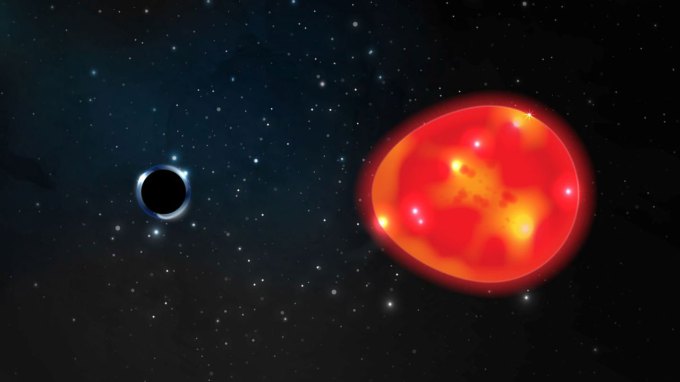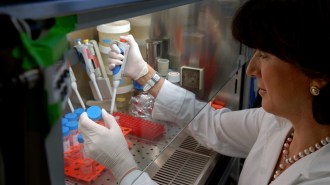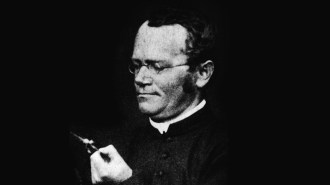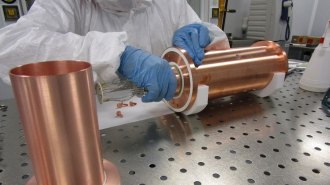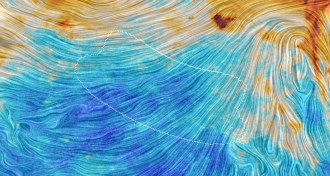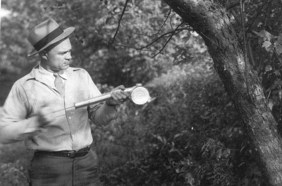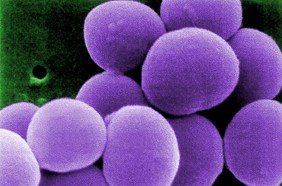
Rodolfo Parulan Jr./Moment/Getty Images
Summary
Looking back, it’s easy to think that science moves ever forward — each discovery a step along a progression toward truth. At least, that’s the impression that you might get from some textbooks, Nobel lectures and lists of historic milestones. But in reality, science is rarely a straight-ahead march.
For every big discovery, there are setbacks, dead ends, about-faces and wrong answers. Dramatic swings in scientific opinion and decades of debate can come before consensus is achieved. Whole fields can enter dark ages. In the early 2000s, for example, following a series of high-profile failures, many researchers abandoned their dreams of gene therapy.
In other cases, scientific spirits can be deflated when a discovery dissolves quicker than it arrived. Worse still, perhaps, is when seemingly blockbuster finds get neither disproved nor verified, leaving everyone uncertain about what to believe.
But these misfits and missteps don’t have to be a downer. False alarms have encouraged researchers to dig deeper into their data. Delays have prompted pivots to new and fruitful lines of inquiry. Serendipitous sequels can solidify scientists’ understanding.
This collection highlights the twisting and turning nature of the scientific endeavor. It turns out science, rather than a march, is more akin to a tangled web of ideas and evidence that occasionally spits out something useful.
Spotlights
Binary stars keep masquerading as black holes
The drive to find black holes in ever-larger astronomy datasets is leading some researchers astray.
A global warming pause that didn’t happen hampered climate science
Trying to explain why global warming appeared to slow down in the early 2000s distracted scientists and shook their confidence.
How gene therapy overcame high-profile failures
A dark period for gene therapy didn’t derail scientists determined to help patients.
What made the last century’s great innovations possible?
Science paved the way for antibiotics, lasers, computers and COVID-19 vaccines, but science alone was not enough.
Mirror beetles’ shiny bodies may not act as camouflage after all
Hundreds of handmade clay nubbins test the notion that a beetle’s metallic high gloss could confound predators. Birds pecked the lovely idea to death.
How we got from Gregor Mendel’s pea plants to modern genetics
Philosopher Yafeng Shan explains how today's understanding of inheritance emerged from a muddle of ideas at the turn of the 20th century.
Will animal-to-human organ transplants overcome their complicated history?
The elusive goal of using animal organs for transplants could be within reach, but it’s too soon to tell.
A massive 8-year effort finds that much cancer research can’t be replicated
A project aiming to reproduce nearly 200 top cancer experiments found only a quarter could be replicated.
Can psychedelics meet their potential for treating mental health disorders?
Psychedelics hold lots of promise as treatments for mental health disorders like PTSD and depression. But the drugs still face hurdles.
Scientists should report results with intellectual humility. Here’s how
Foregrounding a study’s uncertainties and limitations could help restore faith in the social sciences.
Doubt cast on theorized ‘sterile’ particles leaves a neutrino mystery unsolved
MicroBooNE weakens the case for sterile neutrinos, but the mystery that shrouded earlier neutrino experiments remains.
What does the first successful test of a pig-to-human kidney transplant mean?
For the first time, a pig organ was successfully attached to a human patient. It’s a step toward vastly increasing the supply of organs.
How Hans Berger’s quest for telepathy spurred modern brain science
In the 1920s, psychiatrist Hans Berger invented EEG and discovered brain waves — though not long-range signals.
We’ve covered science for 100 years. Here’s how it has — and hasn’t — changed
Today’s researchers pursue knowledge with more detail and sophistication, but some of the questions remain the same.
The dark matter mystery deepens with the demise of a reported detection
Early results from an experiment designed to replicate one that hinted that dark matter is made up of WIMPs came up empty-handed.
These are science’s Top 10 erroneous results
A weird form of life, a weird form of water and faster-than-light neutrinos are among the science findings that have not survived closer scrutiny.
Eclipses show wrong physics can give right results
Math for making astronomical predictions doesn’t necessarily reflect physical reality.
Dust erases evidence for gravity wave detection
The claimed detection of primordial gravitational waves does not hold up after taking into account galactic dust, a new analysis concludes.
Odds Are, It’s Wrong
Science fails to face the shortcomings of statistics.
